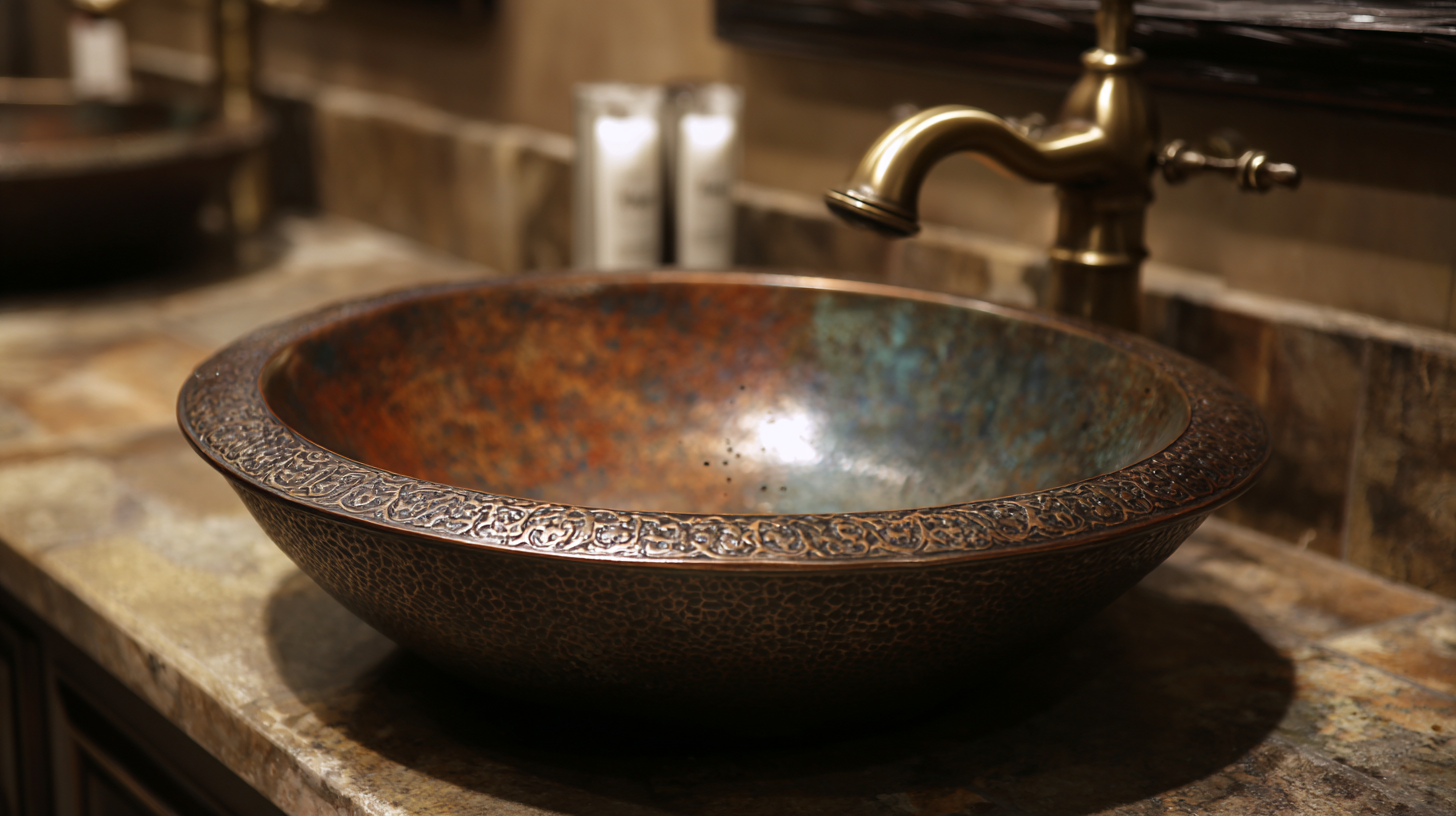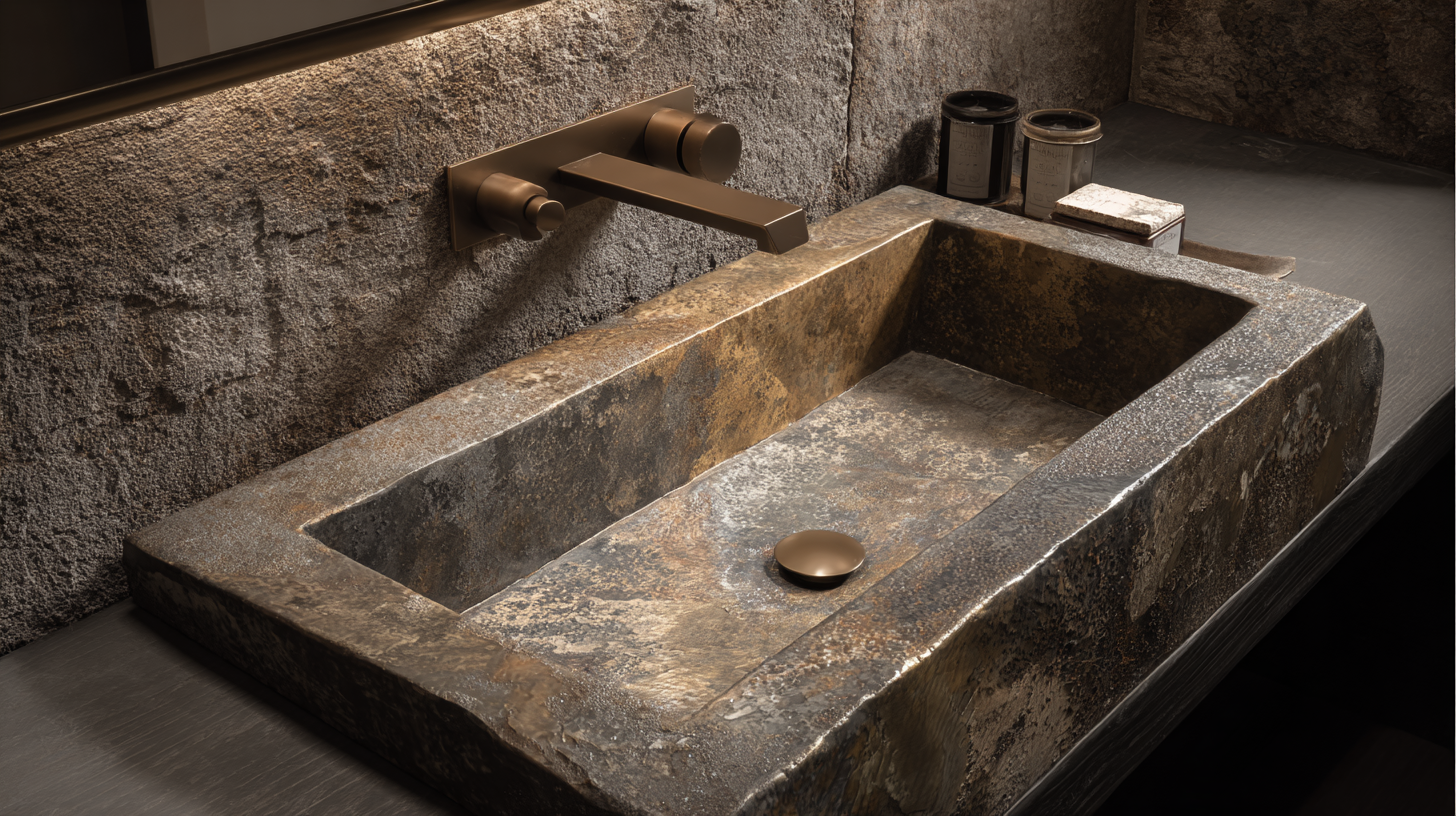In today's competitive global market, navigating the complexities of import and export certifications has become crucial for businesses looking to offer high-quality products, such as the Malron Color Sink. This innovative sink, celebrated for its vibrant aesthetics and functional design, is a standout choice for consumers and builders alike. However, potential hurdles in securing the necessary certifications can pose significant challenges for companies aiming to expand their reach internationally. Additionally, understanding the after-sales service advantages and maintenance costs of the Malron Color Sink is essential for appealing to discerning customers. As we explore the future of import and export standards in relation to this popular product, we will uncover key insights that can help businesses optimize their strategies and enhance customer satisfaction in the ever-evolving market landscape.

Navigating the complexities of import and export certifications is crucial for businesses dealing with Malron Color Sinks in global markets. These vibrant sinks, known for their aesthetic appeal and durability, require compliance with various regulatory standards across different countries. Understanding the specific certifications needed can help streamline the process and ensure that products meet local requirements. In many cases, certifications such as ISO standards, safety labels, and environmental compliance marks are essential, as they affirm product quality and safety in the targeted market.
The certification process can vary significantly between regions, impacting trade logistics and timelines. For instance, European markets may have stringent CE marking requirements, while markets in North America may focus primarily on ANSI and NSF certifications. Businesses must invest time in researching these requirements and possibly engaging with local consultants or legal experts who specialize in international trade regulations. By effectively navigating these certifications, companies can enhance their market entry strategies and establish a competitive edge, paving the way for successful exports of Malron Color Sinks while fostering consumer trust in their products.
In the global market, Malron Color Sinks have found versatile applications across various industries, thanks to their unique blend of aesthetics and functionality. These sinks are increasingly popular in residential projects where homeowners seek to enhance their kitchen or bathroom designs with vibrant colors. Additionally, commercial applications such as restaurants and hotels leverage Malron Color Sinks to create eye-catching environments that improve customer experience and perceptions.
Tip: When considering the use of Malron Color Sinks in design projects, it's essential to evaluate the sink's durability against the specific needs of your industry. High-traffic areas, such as restaurants, may require more robust materials to withstand daily wear and tear.
In the healthcare sector, the cleanability and hygienic properties of Malron Color Sinks make them an ideal choice for medical facilities. Their smooth surfaces reduce the likelihood of bacteria buildup, ensuring a safer environment for patients and staff. Furthermore, they can be customized in various hues to align with the facility's branding while meeting strict regulatory standards.
Tip: Always ensure that the certifications for hygiene and materials compliance are in place before integrating Malron Color Sinks into healthcare facilities to avoid regulatory setbacks.

When importing Malron products into global markets, securing the necessary certifications is crucial for compliance with local regulations. The import requirements can vary significantly based on the specific product and the country of origin. For example, the U.S. has stringent import regulations that necessitate importers to perform thorough research using databases such as the Automated Commercial Information Repository (ACIR). This database provides insights into the specific certifications required for various commodities, ensuring that all necessary documentation is in place before shipment.
In India, the process has become increasingly organized, as seen in the recent updates to the Foreign Trade Policy. Businesses aiming to import goods must familiarize themselves with the essential steps of certification, which include obtaining necessary permits, adhering to quality standards, and following labelling guidelines. Having an understanding of the import procedures can enhance market access and streamline the process of distributing Malron sinks. Recent industry reports indicate that adherence to certifications and regulations can significantly reduce delays in customs clearance, thus facilitating smoother entry into competitive global markets.

When it comes to export certifications for Malron color sinks, understanding the necessary documentation and compliance standards is crucial for successful international trade. Exporters must navigate a complex landscape of regulations that vary by destination country. It's essential to familiarize oneself with the specific certification requirements related to product safety, environmental impact, and quality assurance. This ensures not only compliance with local laws but also enhances the product’s credibility in global markets.
One best practice is to engage a certified third-party agency that can help streamline the certification process. This not only saves time but also minimizes the risk of potential issues that could delay product shipments. Prioritize keeping up with the latest changes in export legislation, as they can directly affect your product’s marketability abroad. By being proactive and thorough, exporters can better position Malron color sinks as a preferred choice in the global marketplace, ultimately driving more successful transactions and establishing strong international partnerships.
In recent years, Malron color sinks have made significant strides in international trade, showcasing their versatility and appeal across various markets. Case studies highlight the success of companies that have adopted rigorous import and export certifications, allowing them to penetrate competitive global markets. For instance, a leading manufacturer reported a 25% growth in exports after achieving compliance with ISO 9001 standards, which enhanced their reputation and trustworthiness among international buyers. This certification not only streamlined their production processes but also emphasized quality assurance, leading to higher customer satisfaction and repeat business.
Another successful case study involves a small enterprise that entered the European market with their innovative Malron color sink designs. By acquiring CE marking, a certification indicating conformity with health, safety, and environmental protection standards, they positioned themselves favorably among European consumers. According to a report by MarketsandMarkets, the global market for kitchen sinks is projected to reach $12 billion by 2025, with color sinks becoming increasingly popular due to their aesthetic appeal and customization options. This indicates a ripe opportunity for businesses that effectively navigate import regulations and certification processes, further securing their place in the thriving global marketplace.
